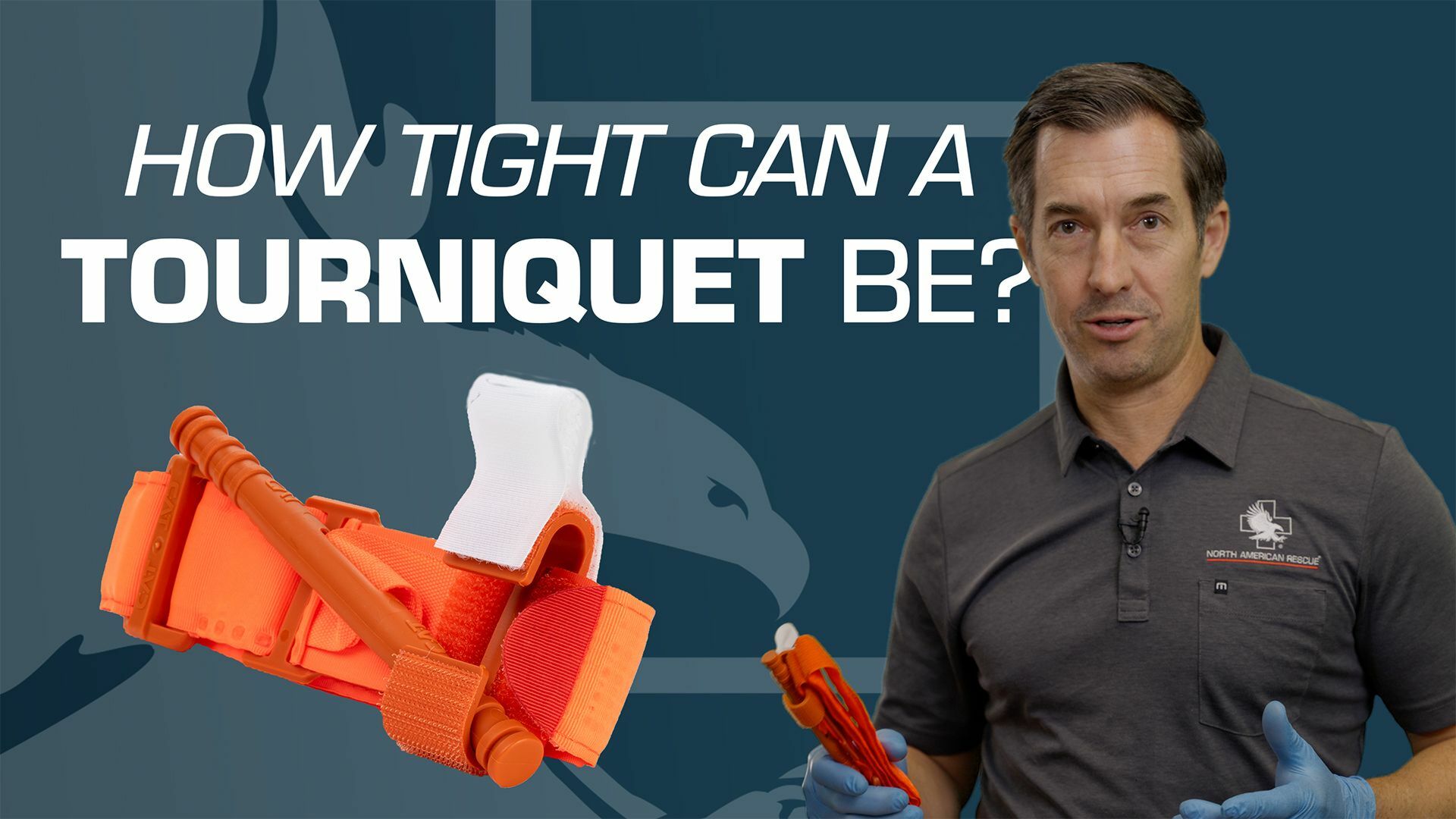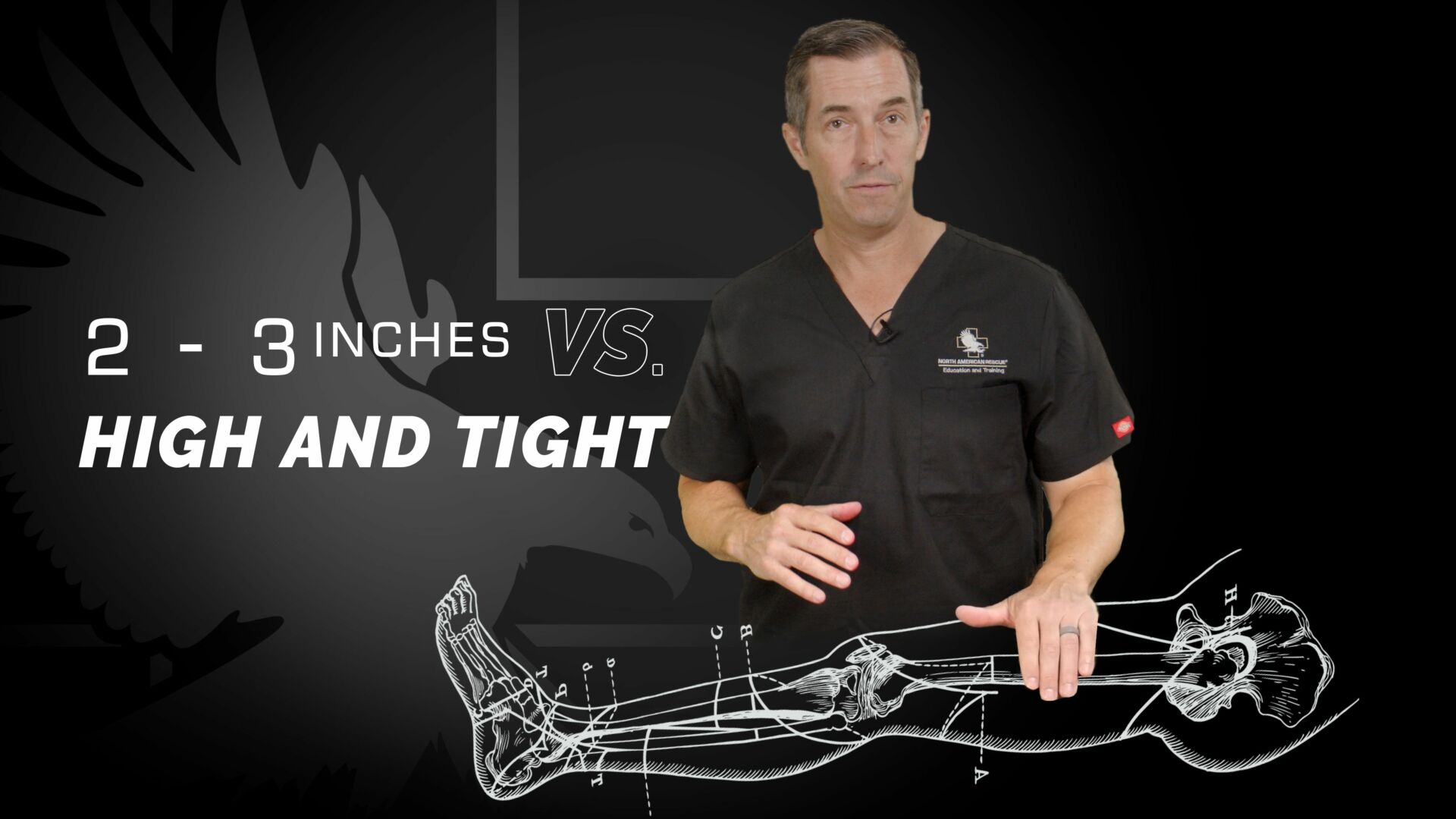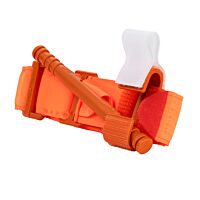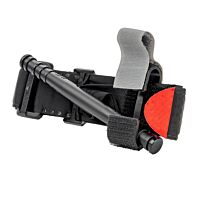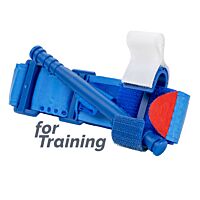Hey, it's Doc Miles. I'm going to be talking about applying a second tourniquet. Why would I apply a second tourniquet? I've got my first tourniquet applied properly, yet I continue bleeding from the wound. So what I'm going to do is I'm going to take a second tourniquet and I'm going to apply it directly adjacent to the first tourniquet.
If I can apply it above, then I'm going to apply it above. If I can't, like in this one, because I've already gone high and tight, I'm going to go below the first tourniquet, but I'm going to make sure the entire route of the tourniquet, I'm directly next to the first one. You want to make sure that the windlasses are offset so they don't knock into each other.
I'm going to proceed to tighten the second tourniquet until my bleeding has stopped. Essentially, what this does is it doubles the width of the tourniquet. When we have the first tourniquet applied, we have a sharp, smaller pressure wave that hopefully gets to the femoral artery. If that doesn't work, that second one doubles the width of the tourniquet.
It'll make that pressure wave go a little bit deeper and a little bit wider, therefore making a more effective tourniquet.



